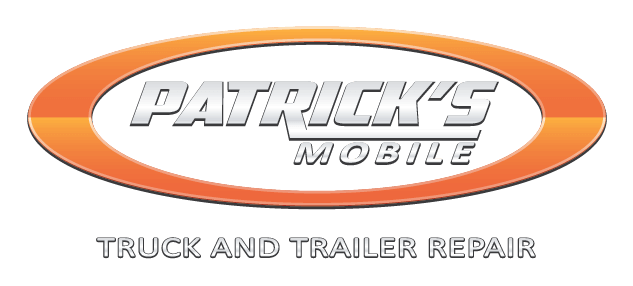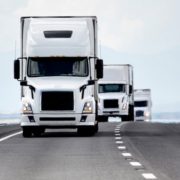Do Any Large Diesel Trucks Use Automatic Transmissions?
The popularity of manual transmissions in automobiles is dropping sharply, with only about two percent of all cars sold in 2018 being manual. This shouldn’t be surprising: for manufacturers, it’s a lot simpler to put out one kind of car instead of two.
Semi-trucks are a different story, and the percentage of manual transmission trucks on the road is much, much higher. The manual transmission doesn’t have to worry about purely automatic transmissions – it has to worry about an advancement that works like an automatic in the cab, but internally is a manual. The big thing in transmissions is the automated manual transmission, and if it hasn’t already come to a fleet near you, it won’t take long.
The Rise Of The Automated Manual Transmission
As driving changes, so will be driving for a living, and many trucks coming off the assembly line are built with automated manual transmissions (AMTs) in the place of a “real” manual transmissions. Instead of the driver actually shifting through the gears with a clutch, the AMT is equipped with a computer that automates gear shifting.
The AMT, also known as the semi-automatic transmission, is more like the automatic transmissions found in most cars and lighter trucks than it is to a manual transmission, but there’s a good reason for this change. It’s more efficient for fuel costs and are easier for new drivers to learn, and it’s being used at a time when trucking companies are looking to lower costs.
What Makes The AMT Different From Automatic?
The AMT sounds a lot like the automatic transmission, making some drivers wonder what the big deal is. AMTs use only an accelerator, a brake pedal, and the ability to select drive, neutral, or reverse, making for a very similar driving experience to automatic transmissions. However, the difference lies in the basic internal function of the transmission, which is the same as a manual.

Rather than using a clutch pedal and gear shifter to communicate with the transmission and the engine, an onboard computer determines the optimal time to shift gears and makes the changes for the driver. The mechanisms in the transmission are exactly the same as a manual, while operating with precision that can’t be beat.
There are other benefits, like increased driver attention to the road and better fuel economy. AMTs are also usually lighter than automatics, allowing companies to use lighter trucks and make the most of their payloads. While it might take a while before they’re in every truck, AMTs are the way of the future.
The Change To AMTs Will Take Time
Retrofitting a fleet isn’t a cheap undertaking, and as long as manual transmissions keep being reliable, cost-effective, and favoured by drivers, companies and professional truckers. Many truckers are also very traditional when it comes to how they drive, and the gear stick will have to pried out of their cold, dead hands before they move over to AMTs.
While the trend is “gearing” towards the use of AMTs and even fully automatic gearboxes, manuals will continue to be offered as long as the demand and customer preference for this type of transmission stay!











